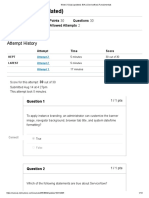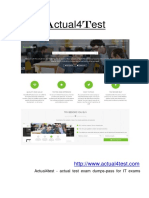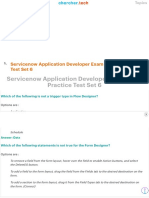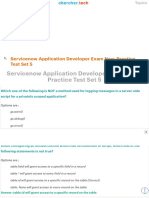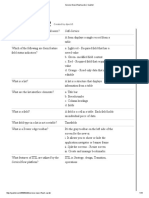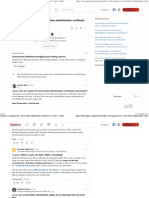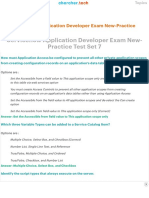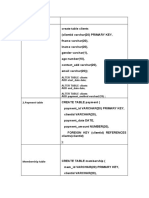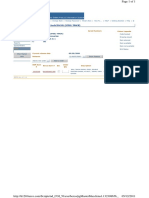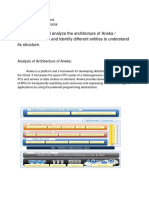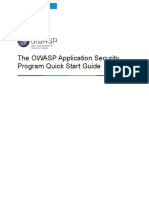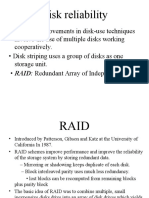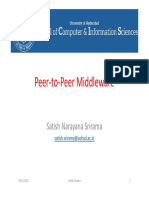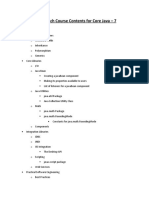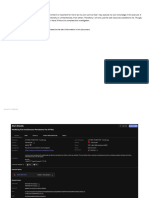0% found this document useful (0 votes)
774 views9 pagesScenario Based ServiceNow Developer Interview Questions
The document contains a comprehensive set of interview questions for a ServiceNow Developer, divided into three sections: long answer questions, multiple choice questions, and scripting problems. It covers various topics including system upgrades, cloning, problem management, service catalogs, and scripting techniques. The questions aim to assess the candidate's knowledge and practical skills in using ServiceNow and its features.
Uploaded by
ashuthoshCopyright
© © All Rights Reserved
We take content rights seriously. If you suspect this is your content, claim it here.
Available Formats
Download as PDF, TXT or read online on Scribd
0% found this document useful (0 votes)
774 views9 pagesScenario Based ServiceNow Developer Interview Questions
The document contains a comprehensive set of interview questions for a ServiceNow Developer, divided into three sections: long answer questions, multiple choice questions, and scripting problems. It covers various topics including system upgrades, cloning, problem management, service catalogs, and scripting techniques. The questions aim to assess the candidate's knowledge and practical skills in using ServiceNow and its features.
Uploaded by
ashuthoshCopyright
© © All Rights Reserved
We take content rights seriously. If you suspect this is your content, claim it here.
Available Formats
Download as PDF, TXT or read online on Scribd
/ 9




